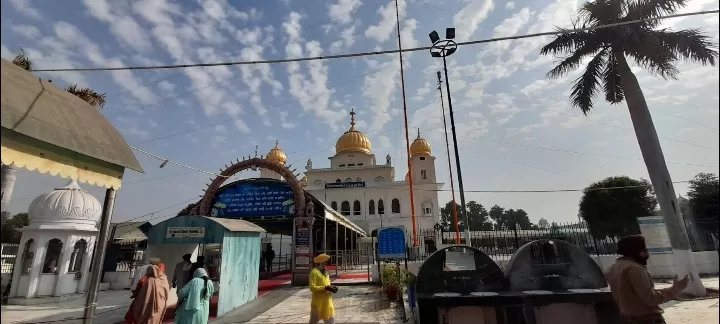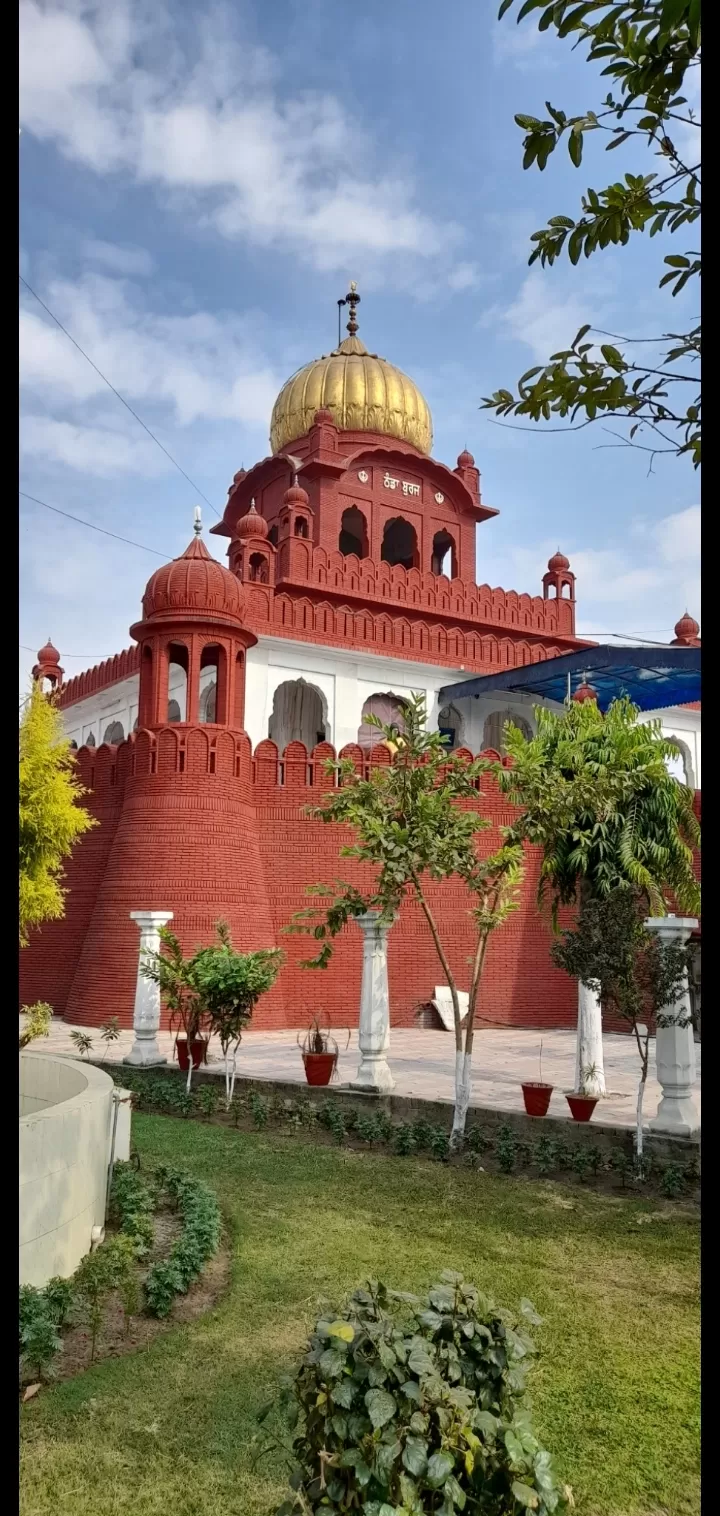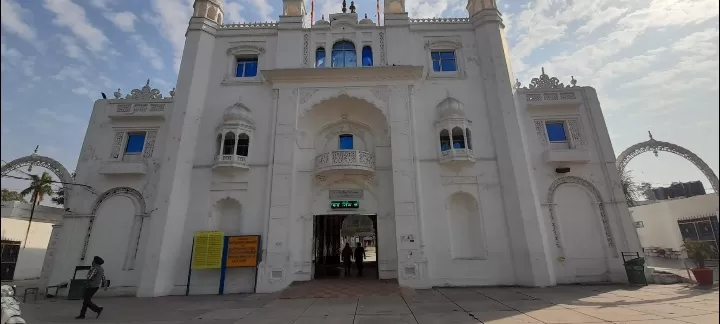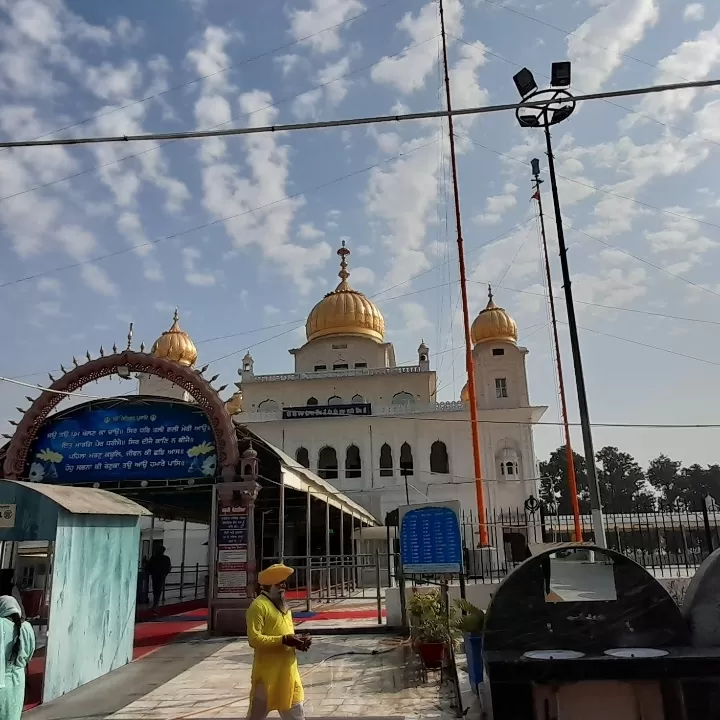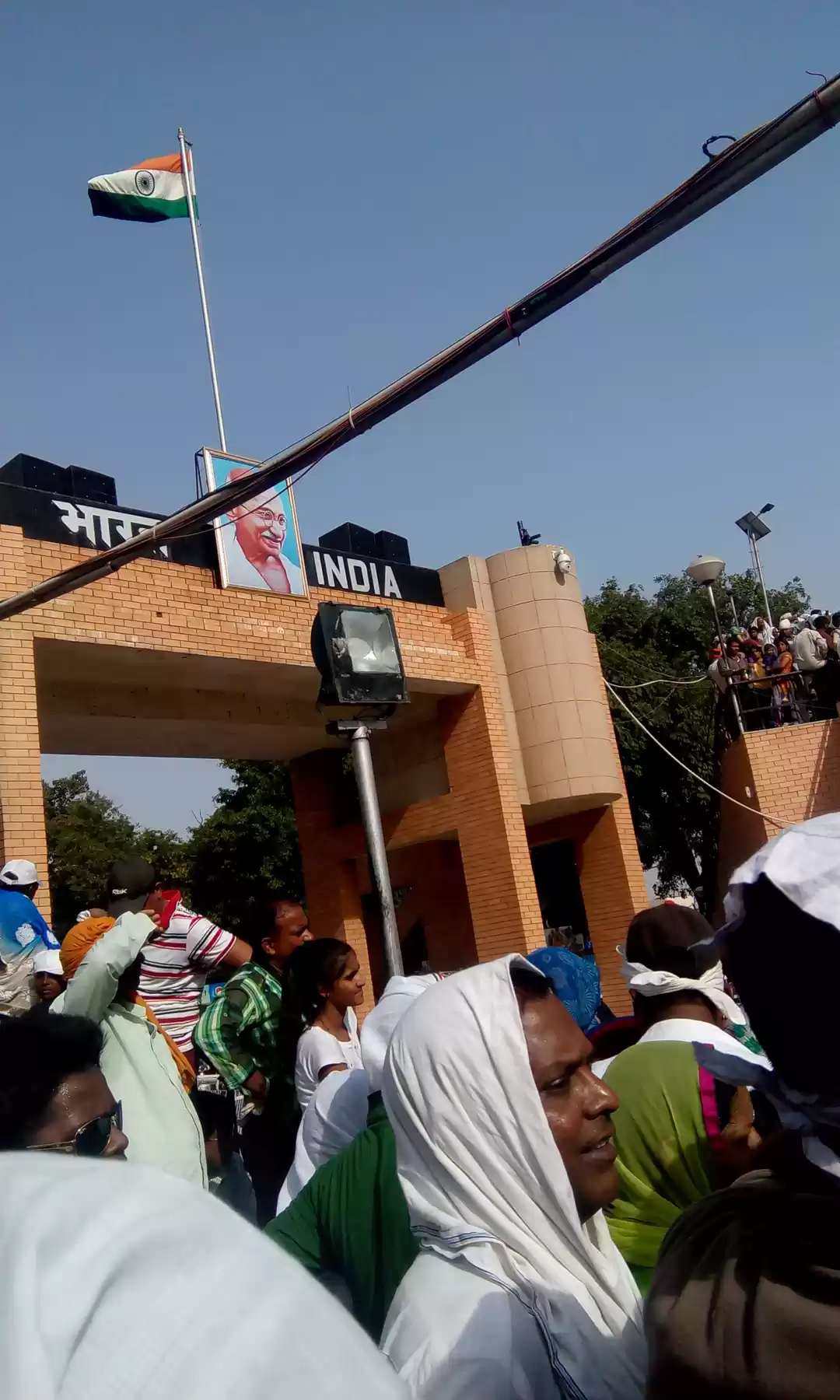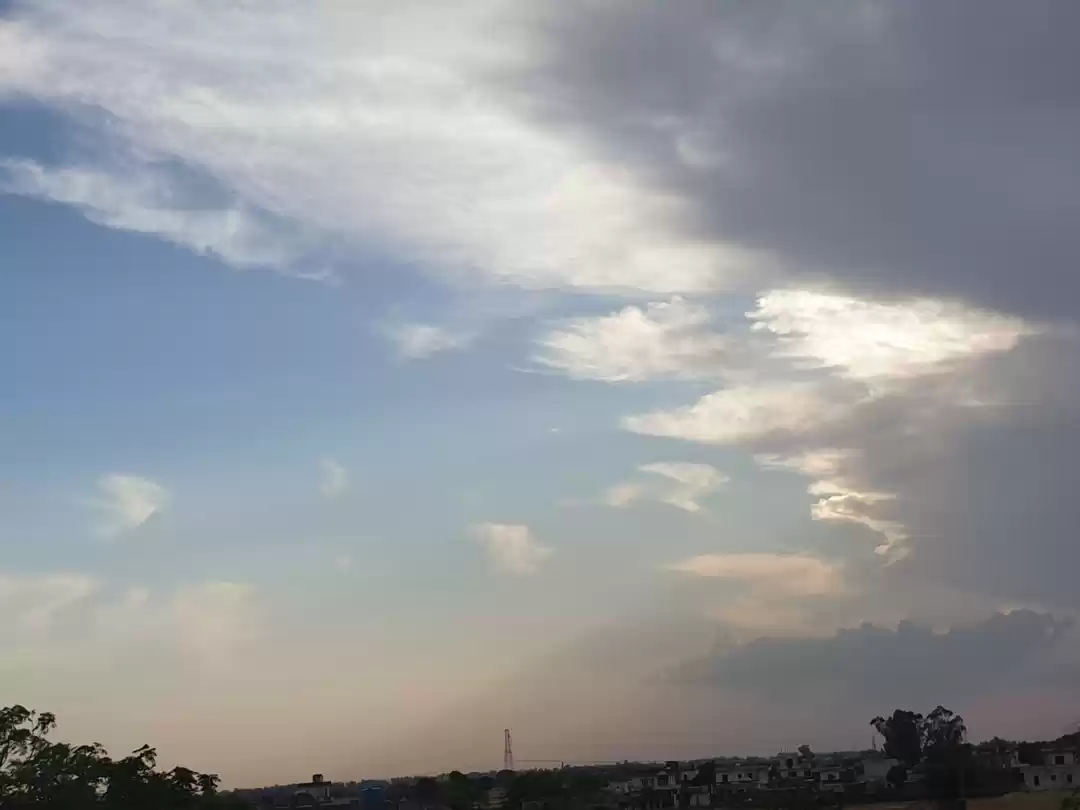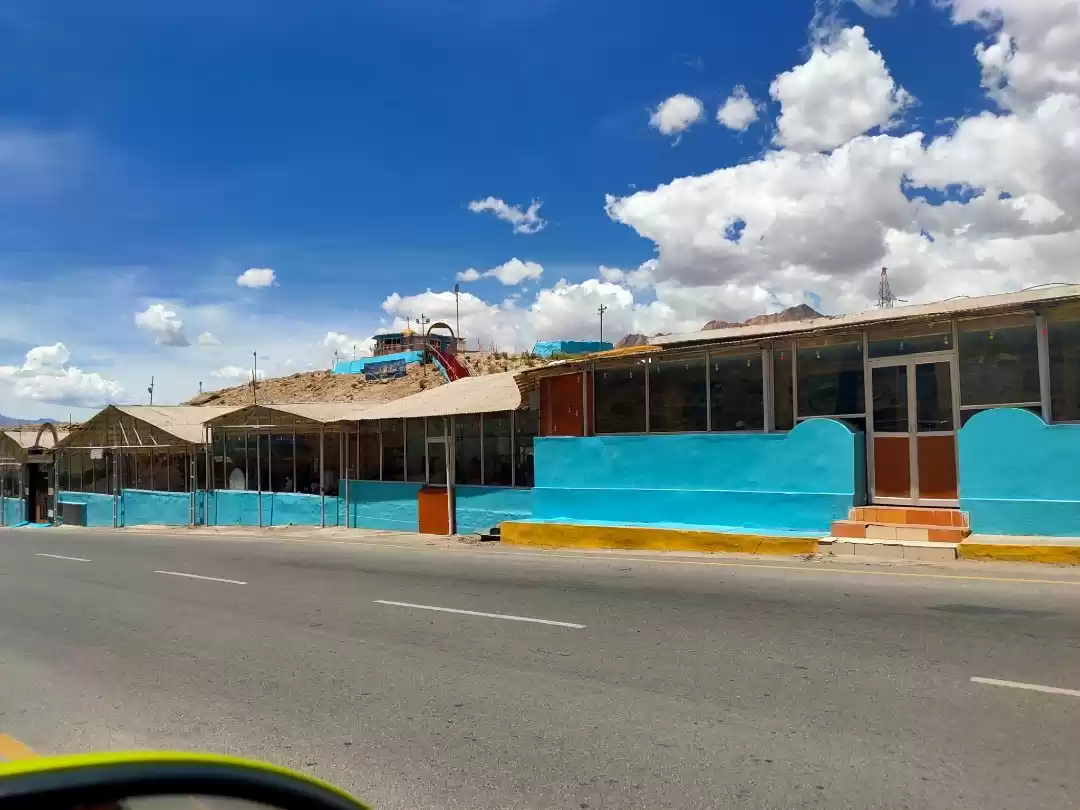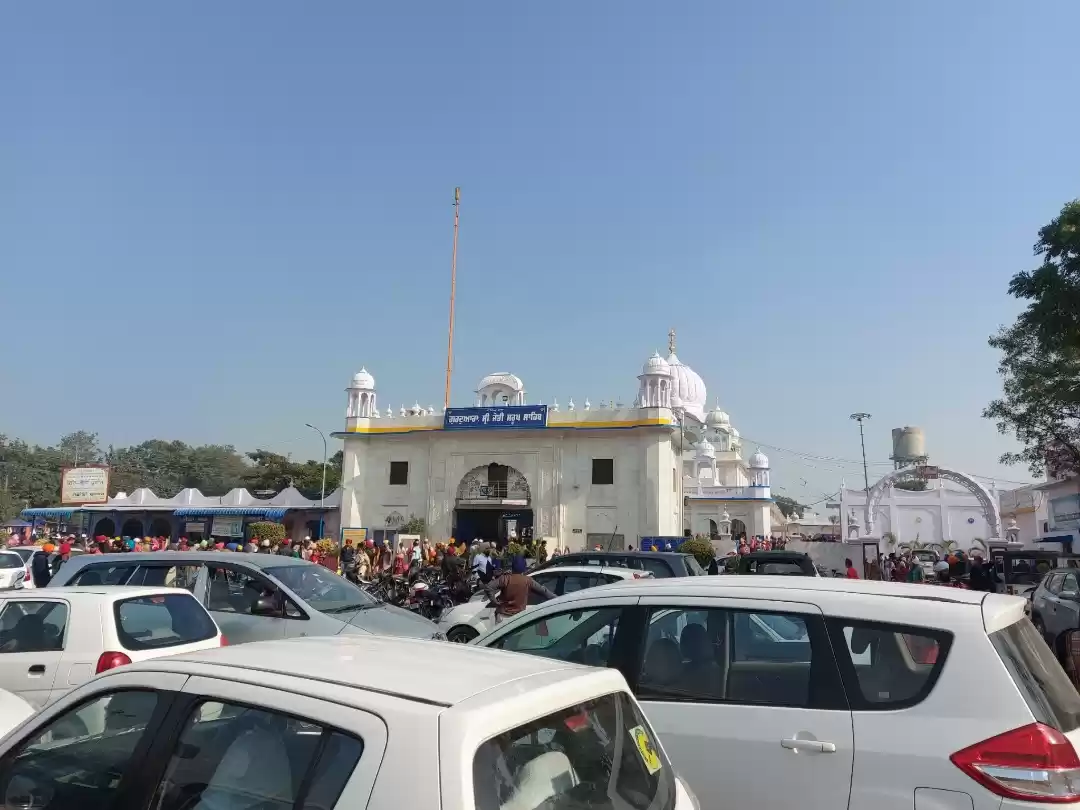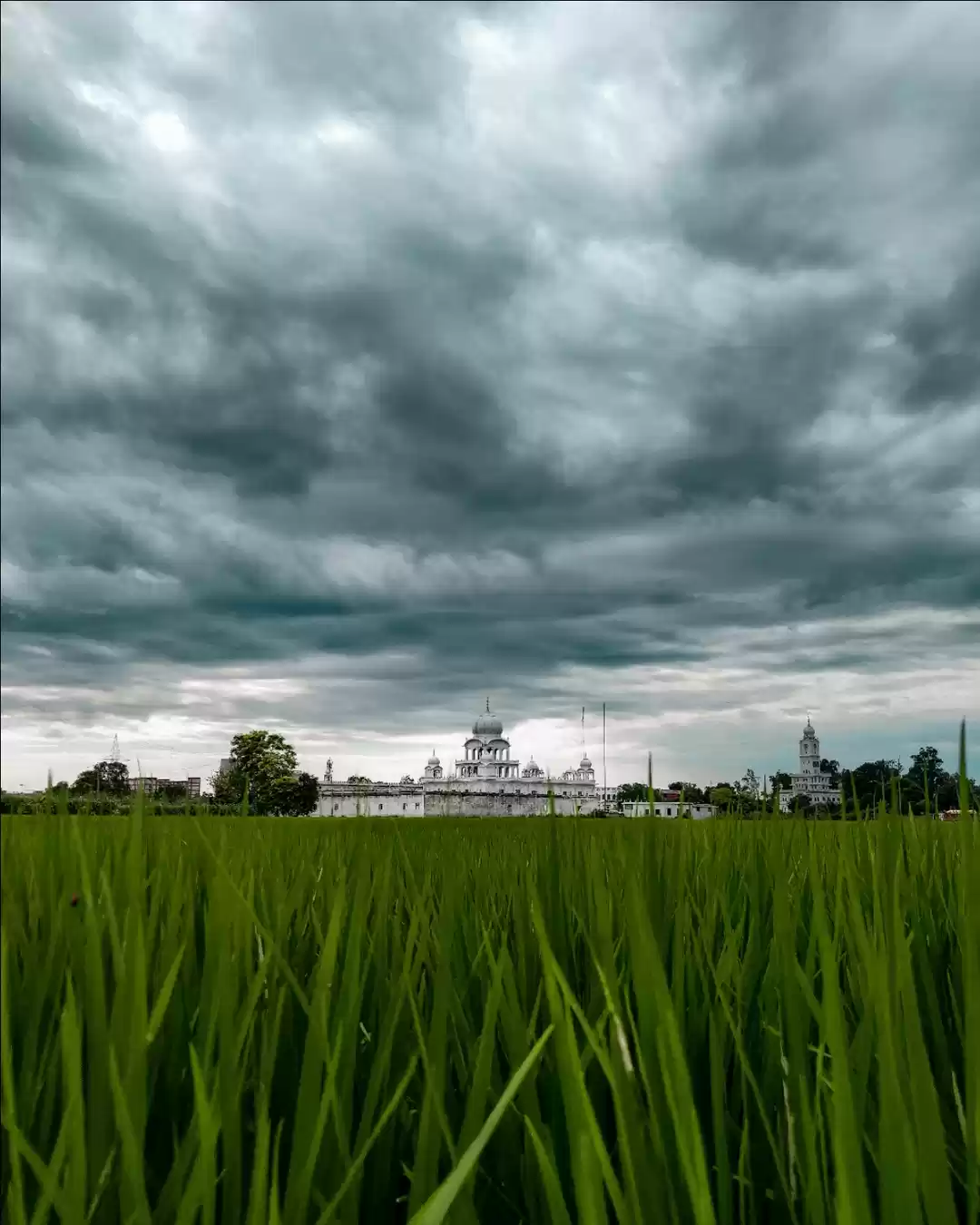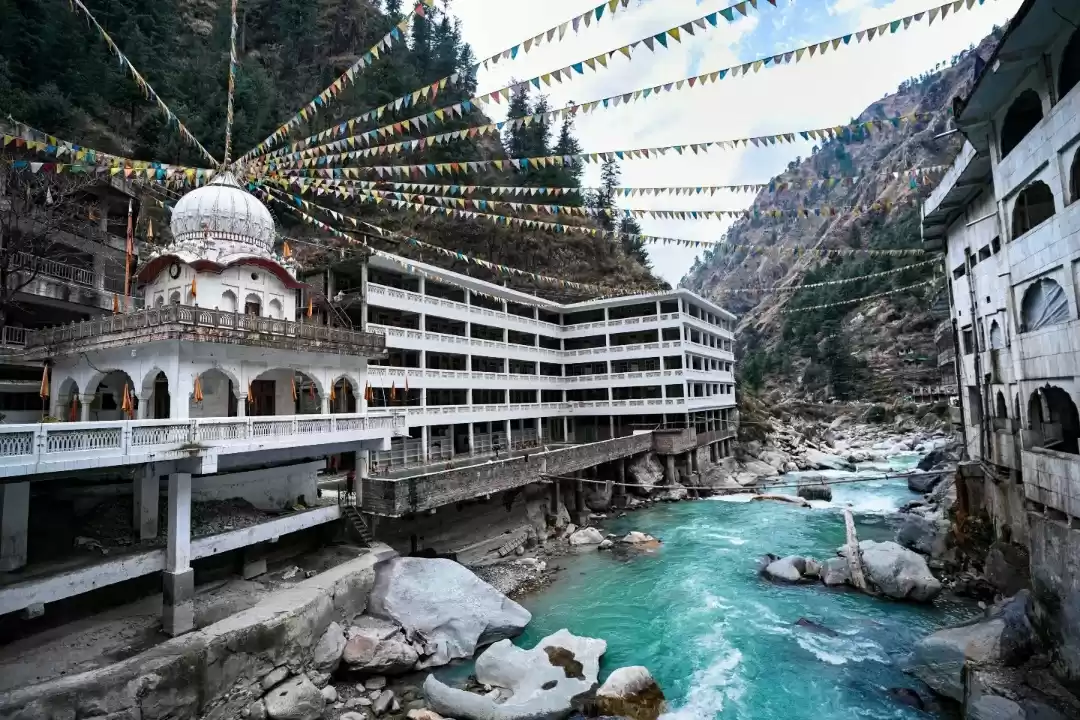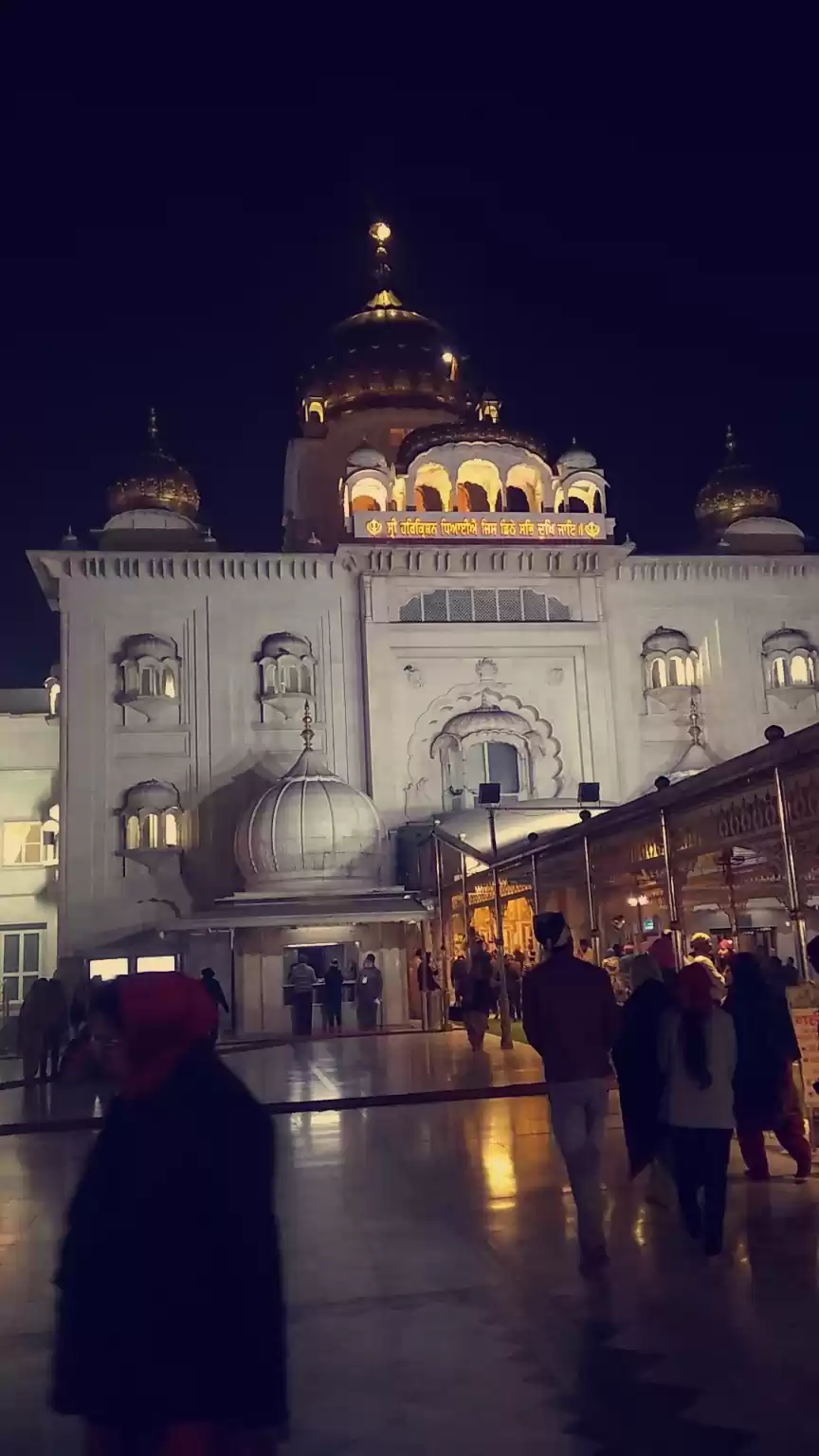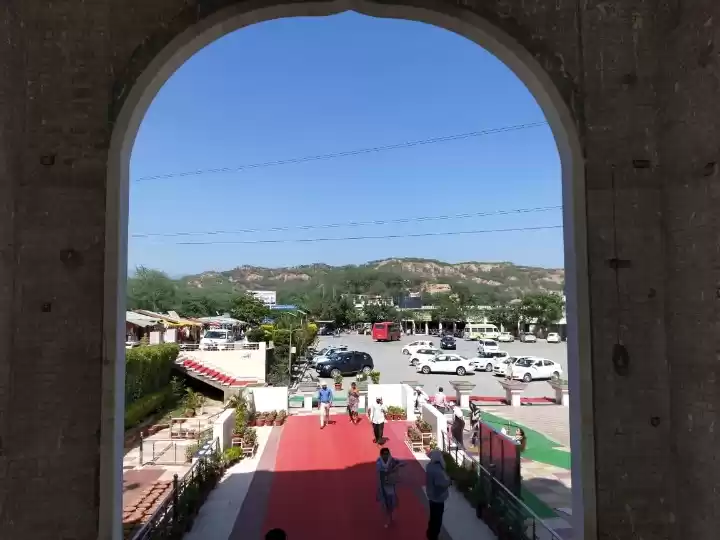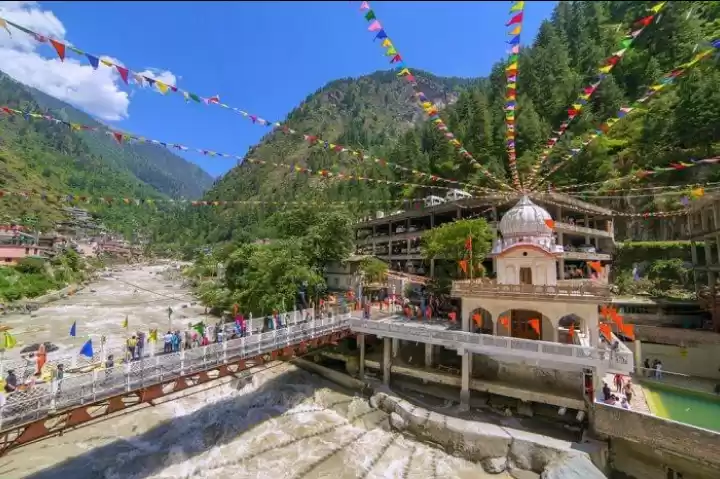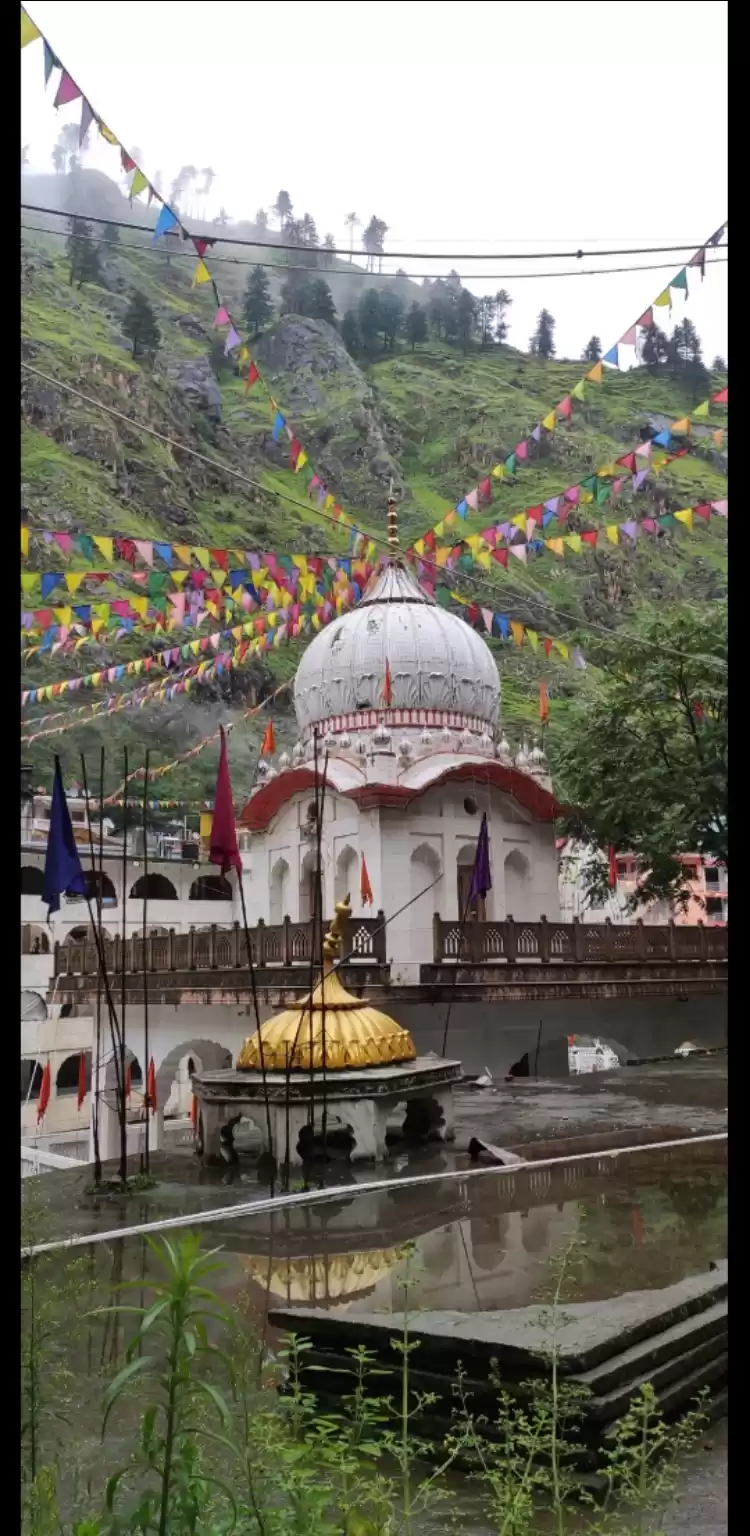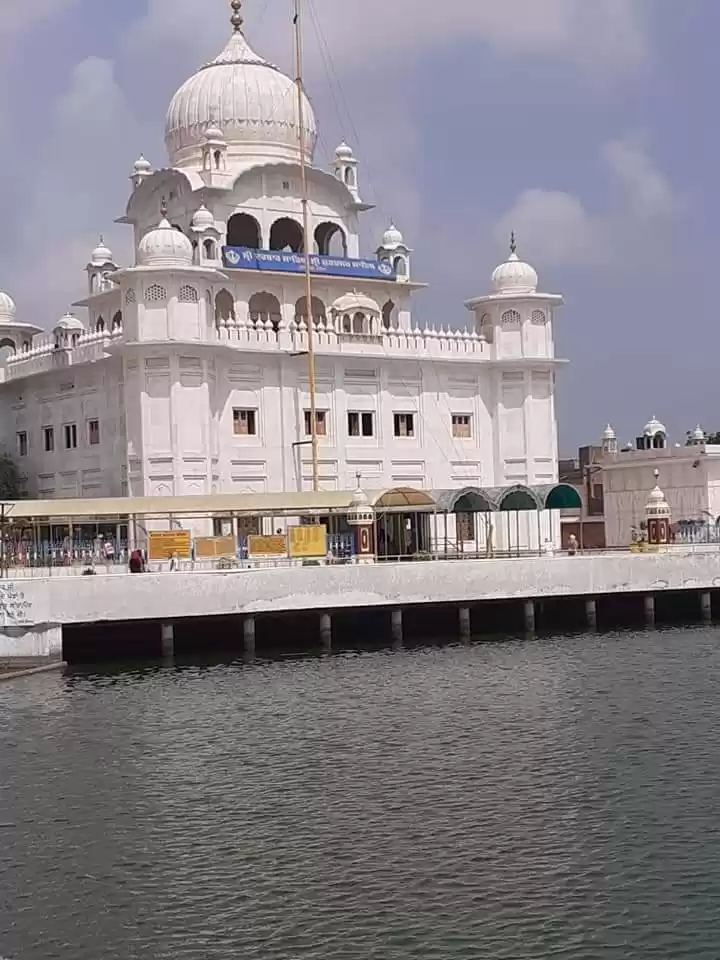Have you ever wondered what it would be like to visit a place where history and faith come alive? A place where you can witness the courage and sacrifice of the Sikh martyrs who gave their lives for their religion and freedom? A place where you can experience the spiritual and cultural richness of the Sikh tradition and heritage?
If you answered yes to any of these questions, then you should definitely plan a trip to Gurudwara Fatehgarh Sahib, a Sikh place of worship in Punjab, India, that commemorates the martyrdom of the younger sons of Guru Gobind Singh, the tenth Sikh Guru.

In this article, we will tell you everything you need to know about Gurudwara Fatehgarh Sahib, including its history, significance, and attractions. We will also give you some tips on how to reach the gurdwara by different modes of transport and when to visit it for the best experience.
History and Significance of Gurudwara Fatehgarh Sahib
Gurudwara Fatehgarh Sahib has a tragic and inspiring history that dates back to the 18th century. It was here that the younger sons of Guru Gobind Singh, Zorawar Singh and Fateh Singh, aged 9 and 7 respectively, were bricked alive by Wazir Khan, the governor of Sirhind, for refusing to convert to Islam.
The boys’ grandmother, Mata Gujri, who was also imprisoned with them in a cold tower, died of shock after hearing their fate. The bodies of the martyrs were later cremated by a wealthy Jain merchant named Todar Mal, who paid a huge amount of gold coins to buy the land from Wazir Khan.
The martyrdom of Guru Gobind Singh’s family is considered one of the most tragic and heroic events in Sikh history. It is also seen as a symbol of the Sikh spirit of resistance and resilience against oppression and tyranny.
To honour the memory of the martyrs, Banda Singh Bahadur, a disciple of Guru Gobind Singh, conquered Sirhind in 1710 and built several gurdwaras on the site where they were killed or cremated. He also renamed the town as Fatehgarh Sahib, meaning “the town of victory”.
Today, Gurudwara Fatehgarh Sahib is one of the most revered and visited gurdwaras in India. It attracts millions of pilgrims every year who come to pay their respects and seek blessings from the martyrs. It is also a place where Sikhs celebrate their history and culture with pride and joy.
You might also be interested in reading about 9 beautiful Gurudwaras In India where you get the yummiest Langar!
Main Features and Attractions of Gurudwara Fatehgarh Sahib
Gurudwara Fatehgarh Sahib is not just one gurdwara, but a complex of several gurdwaras that are connected by a common boundary wall. Each gurdwara has its own history and significance that reflects a different aspect of the martyrdom story.
Here are some of the main features and attractions of Gurudwara Fatehgarh Sahib that you should not miss:
Gurudwara Bhora Sahib: This is the most important gurdwara in the complex, as it houses the historic wall where Zorawar Singh and Fateh Singh were bricked alive. The wall is preserved inside a dome-shaped structure that has four doors on each side. The doors symbolize that anyone can enter the gurdwara regardless of their caste, creed, or religion. Inside the gurdwara, you can see the portraits of the martyrs and their grandmother, as well as some weapons used by Banda Singh Bahadur. You can also hear the recitation of hymns from the Guru Granth Sahib, the holy scripture of Sikhs.
Gurudwara Burj Mata Gujri: This is the tower where Mata Gujri and her grandsons were imprisoned by Wazir Khan before their execution. The tower has been converted into a gurdwara that has a dome-shaped roof and a spire on top. Inside the gurdwara, you can see a palanquin that was used to carry Mata Gujri’s body to the cremation site. You can also see some paintings and sculptures depicting the scenes of the martyrdom.
Gurudwara Shahid Ganj: This is the memorial for the Sikh martyrs who fought against Wazir Khan and his army. The memorial is a white marble structure that has a dome-shaped roof and a spire on top. Inside the memorial, you can see a large hall that has a platform where the Guru Granth Sahib is placed. You can also see some weapons and flags that belonged to the Sikh warriors. You can also hear the recitation of hymns from the Dasam Granth, a collection of writings by Guru Gobind Singh.
Todar Mal Jain Hall: This is the museum that displays relics related to Sikh history and culture. The museum is named after Todar Mal, the Jain merchant who helped in cremating the martyrs’ bodies. The museum is a red brick building that has a dome-shaped roof and a spire on top. Inside the museum, you can see various items such as coins, stamps, medals, swords, shields, paintings, manuscripts, and photographs. You can also learn about the life and achievements of Todar Mal and his contribution to Sikhism.
Sarovar: This is the sacred pool where pilgrims take a dip to cleanse their sins and seek blessings from the martyrs. The pool is a large rectangular water body that has steps on all sides. The water of the pool is believed to have healing properties and is also used for preparing the langar, the free community meal served at the gurdwara. The pool is surrounded by beautiful gardens and fountains that add to its beauty and tranquility.
Shaheedi Jor Mela: The Annual Festival to Honour the Martyrs
One of the best times to visit Gurudwara Fatehgarh Sahib is during the Shaheedi Jor Mela, the annual festival that honours the martyrs. The festival takes place in late December or early January, coinciding with the date of the martyrdom.
The festival lasts for three days and attracts lakhs of devotees from all over India and abroad.
Also Read: Hemkund Sahib | A Popular Sikh Gurudwara in Himalayas
The festival is marked by various events and activities that showcase the Sikh history and culture, such as:
Religious Processions: The festival begins with a religious procession that starts from Gurudwara Fatehgarh Sahib and ends at Gurudwara Jyoti Sarup Sahib, another gurdwara in the vicinity where Mata Gujri’s body was cremated. The procession is led by five Sikhs dressed as Panj Pyare, the five beloved ones who were initiated by Guru Gobind Singh as the first members of the Khalsa, the Sikh brotherhood. The procession also includes palanquins carrying the Guru Granth Sahib and portraits of the martyrs, as well as elephants, horses, camels, and bands playing martial music.
Cultural Performances: The festival also features various cultural performances that highlight the Sikh heritage and art forms, such as kirtan (devotional singing), katha (scriptural discourse), gatka (martial art), bhangra (folk dance), gidha (folk dance), dhadi (ballad singing), kavishri (poetry recitation), etc. The performances are held at different stages set up at the gurdwara complex and other nearby locations.
Sports Competitions: The festival also hosts various sports competitions that display the physical prowess and skills of the Sikhs, such as wrestling, kabaddi, tug-of-war, horse racing, etc. The competitions are held at different venues such as stadiums, fields, or arenas. The winners are awarded with prizes and trophies.
Special Attractions: The festival also offers some special attractions for visitors such as fireworks, exhibitions, stalls, etc. The fireworks are held on the last night of the festival and light up the sky with dazzling colours and shapes. The exhibitions showcase various aspects of Sikh history and culture such as paintings, sculptures, books, etc. The stalls sell various items such as clothes, accessories, food, etc.

How to Reach Gurudwara Fatehgarh Sahib by Different Modes of Transport
Gurudwara Fatehgarh Sahib is located in Fatehgarh Sahib district of Punjab, about 50 km from Chandigarh, the capital city of Punjab and Haryana. You can reach Gurudwara Fatehgarh Sahib by different modes of transport such as air, rail, road, or bus.
By Air: The nearest airport to Gurudwara Fatehgarh Sahib is Chandigarh International Airport, which is well-connected to major cities in India and abroad by regular flights. From Chandigarh airport, you can take a taxi or a bus to reach Gurudwara
Fatehgarh Sahib by road: The distance is about 50 km and the travel time is about an hour.
By Rail: The nearest railway station to Gurudwara Fatehgarh Sahib is Sirhind Junction, which is well-connected to major cities in India by regular trains. From Sirhind Junction, you can take a taxi, a rickshaw, or a bus to reach Gurudwara Fatehgarh Sahib by road. The distance is about 5 km and the travel time is about 15 minutes.
By Road: You can also drive to Gurudwara Fatehgarh Sahib by road from Chandigarh or other nearby cities such as Patiala, Ludhiana, Amritsar, etc. The roads are well-maintained and scenic, passing through green fields and villages. You can follow the signboards and directions to reach Gurudwara Fatehgarh Sahib by road. The distance and travel time may vary depending on your starting point and traffic conditions.
By Bus: You can also take a bus to Gurudwara Fatehgarh Sahib from Chandigarh or other nearby cities such as Patiala, Ludhiana, Amritsar, etc. The buses are frequent and comfortable, operated by the Punjab Roadways or private operators. You can board the bus from the respective bus terminals or stops and get down at Fatehgarh Sahib bus stand, which is close to Gurudwara Fatehgarh Sahib. The distance and travel time may vary depending on your starting point and traffic conditions.
Conclusion
Gurudwara Fatehgarh Sahib is a sacred site of Sikh history and faith that deserves a visit from anyone who wants to learn more about the Sikh tradition and heritage. It is a place where you can witness the bravery and sacrifice of the Sikh martyrs who gave their lives for their religion and freedom. It is also a place where you can experience the spiritual and cultural richness of the Sikh community and celebrate their history and culture with pride and joy.
If you are looking for a destination that offers you a unique blend of history, faith, and culture, then Gurudwara Fatehgarh Sahib is the perfect choice for you. You will not only gain knowledge and insight into the Sikh history and faith, but also feel inspired and uplifted by the Sikh spirit of resistance and resilience.
So what are you waiting for? Plan your trip to Gurudwara Fatehgarh Sahib today and discover the hidden gem of Punjab that will leave you spellbound.

